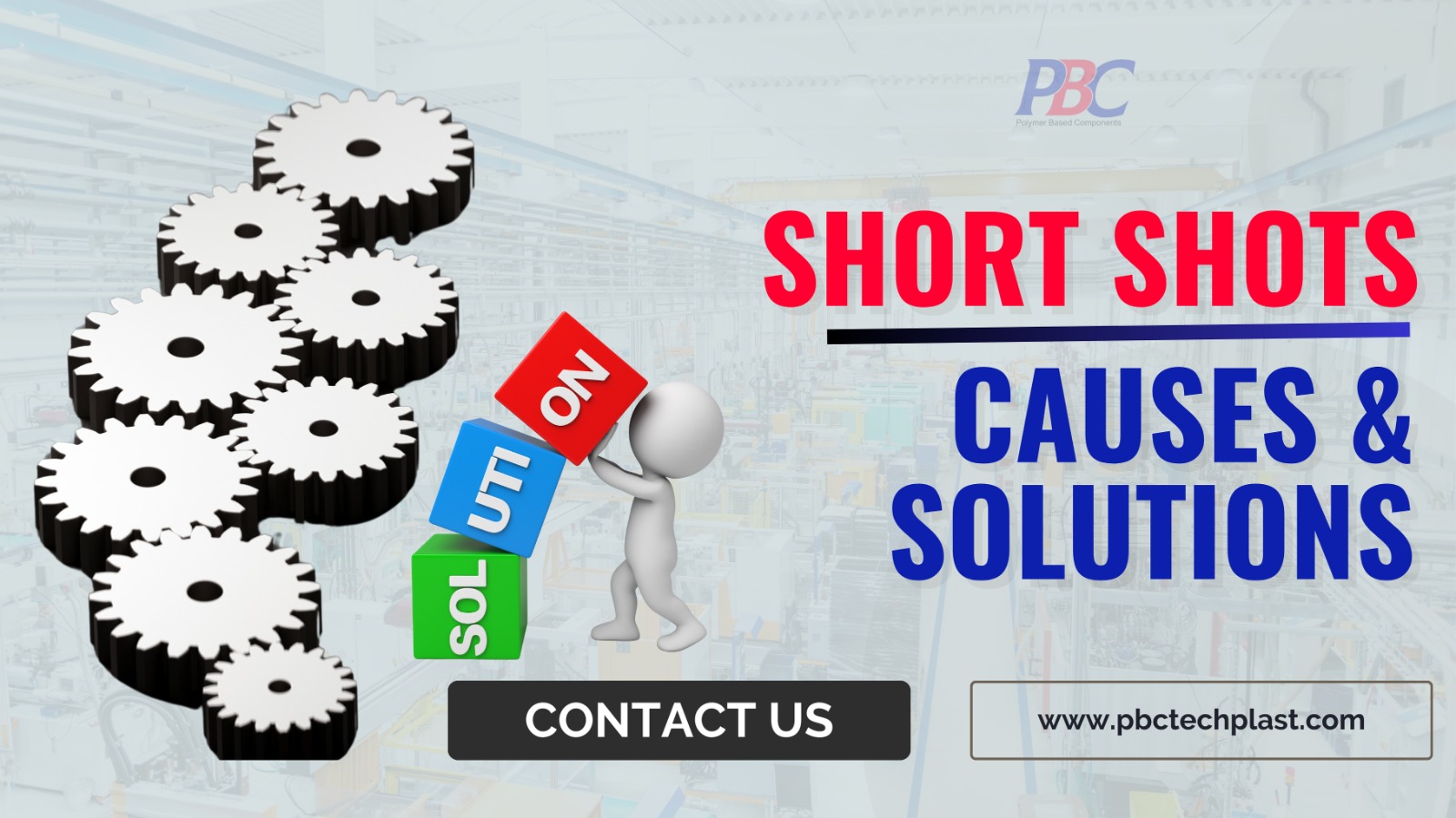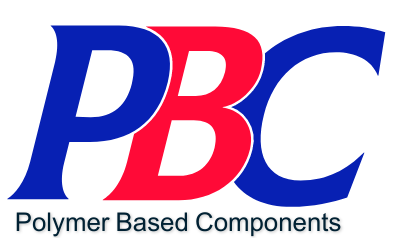Short moulding, often termed as short shots, involves incomplete filling and part dissatisfaction. This occurs when the plastic flow doesn’t fully reach the end of the mould cavities, leading to insufficient material in the final product, especially in thin-walled or end-of-flow areas.
The primary reason for short shots lies in excessive flow resistance, hindering the continuous flow of the melt. Key factors influencing melt flow include part wall thickness, mould temperature, injection pressure, melt temperature, and material composition. Inadequate management of these factors can result in short shots.

A variety of things can be looked into to address this issue.
Material Adjustments
- Enhance melt fluidity.
- Reduce the use of recycled materials.
- Minimize gas decomposition in raw materials.
Mold Design Optimization
- Strategically position gates to fill thicker walls first, preventing stagnation.
- Increase the number of gates and adjust process ratios.
- Enlarge flow channels to reduce flow resistance.
- Properly position exhaust ports to prevent inadequate venting.
- Optimize cooling water channel distribution to maintain uniform mould temperatures.
Injection Moulding Machine Considerations
- Inspect wear on check valves and barrel walls to prevent pressure and volume loss.
- Address material blockages or bridging at the feeding port.
- Ensure the injection moulding machine capabilities meet moulding requirements.
Process Conditions Adjustments
- Increase injection pressure, speed, and shear heat.
- Optimize injection volume and melt length.
- Adjust barrel and mold temperatures.
- Fine-tune injection parameters, including cushioning and injection time.
Part Design Enhancements
- Avoid excessively thin wall thickness in part design.
- Be cautious of stiffeners causing stagnation.
- Mitigate local stagnation caused by large part thickness variations.
Stagnation and Under-Injection Solutions
- Increase the thickness of stagnant parts while avoiding significant thickness differences.
- Adjust gate positions to encourage pressure buildup at critical filling points.
- Initiate injection at reduced speed and pressure to create a thicker solidified layer early in the filling process.
- Consider using materials with superior fluidity.
If you have more questions or would like to talk to an expert in this space, connect with us today. Our commitment to excellence ensures your molding processes achieve optimal results.
📞 Contact us today at sales@pbctechplast.com to elevate your injection molding experience.
Get in touch
At PBC, we transform ideas into reality. With our advanced injection moulding capabilities, we can turn your concepts into tangible, market-ready products. Let’s collaborate!
